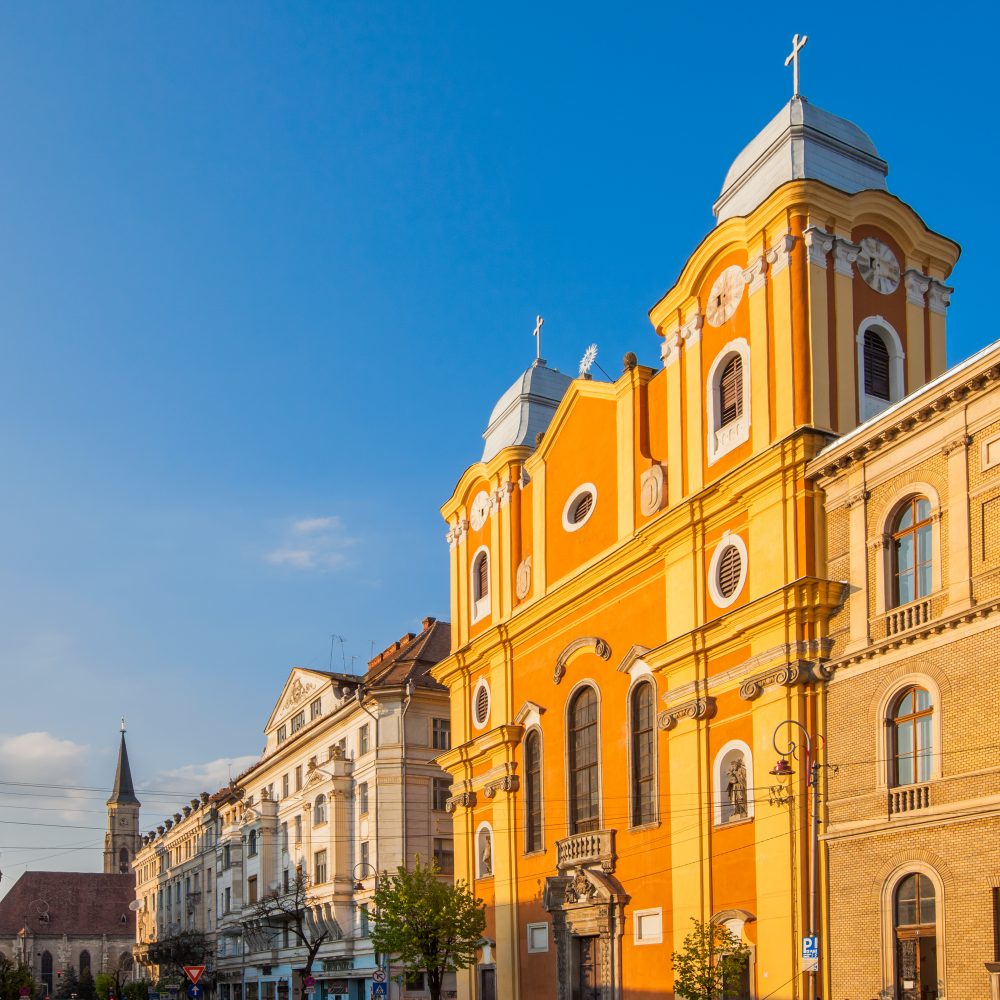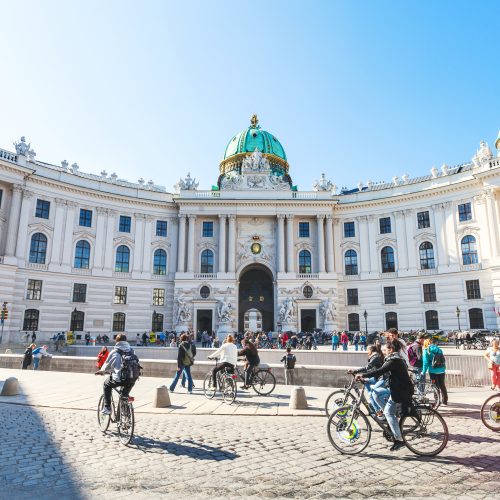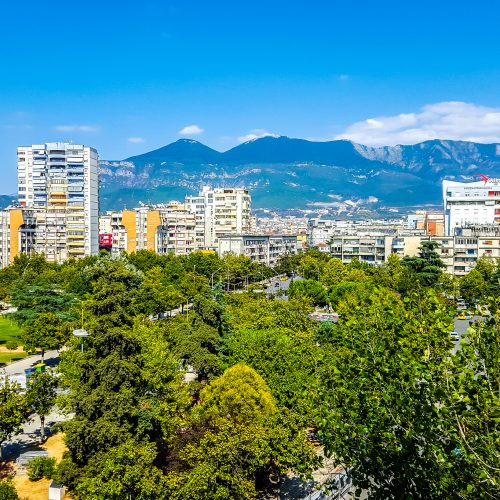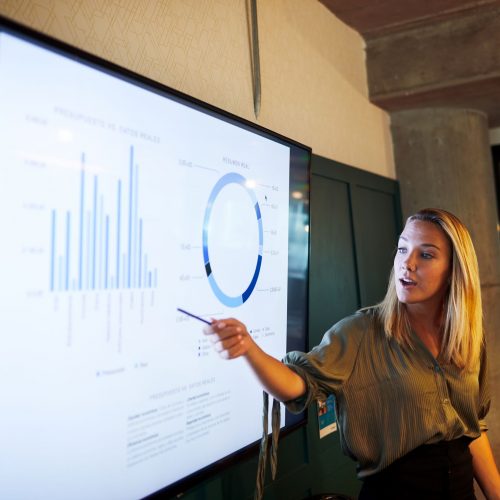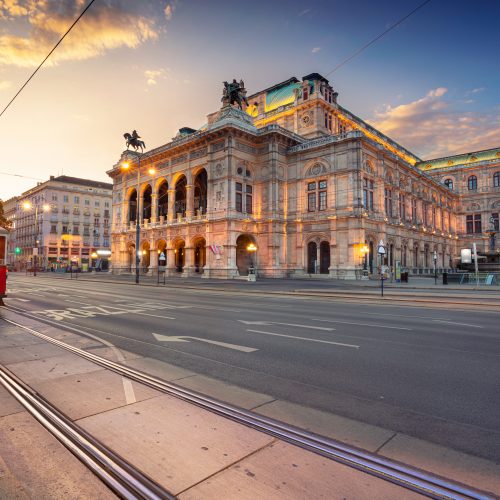Context and policy overview
Over the last decade, Cluj-Napoca has been the only growing city in Romania. Its evolving cultural life has transformed Cluj-Napoca into a vibrant European city, with a multicultural environment that attracts tourists and businesses. The city received the European Youth Capital title in 2015, a year in which it organised a range of cultural events. Cluj-Napoca is home to the Paintbrush Factory, an industrial facility that was converted into a cultural space and is one of the country’s most notable artistic projects.[1] In short, the city has gained its place as a centre of culture and innovation.
In 2017, Cluj-Napoca established the Civic Imagination and Innovation Centre (CIIC), offering residents the opportunity to take part in shaping their city and community. The inauguration of the CIIC was marked with a debate to identify solutions for the regeneration of a local park. Local government representatives, residents, specialists and academics meet at the CIIC to collaborate on transforming the city.[2]
The CIIC is led by public administration. It has no permanent location and functions by collaborating with the community. The centre is funded by the municipal budget, costing the city €10,000-€15,000 n month.[3]
Implementation
The CIIC has revamped the city’s method for designing and developing large-scale urban intervention projects. Debates focus on an array of themes such as urban and public spaces and museums.
In 2018, the centre hosted the third Romanian national workshop on the “Attractive Danube”. The worshop’s overall objective was to identify at a national level measurable indicators of the attractiveness of a region (for the purposes of investment in tourism and business). However, the workshop held in Cluj focused specifically on bringing the discussion towards local problems and solutions.[4] Attendance was broad, ranging from various levels of government to interest groups, academics and businesses. The Territorial Attractiveness Monitoring Platform (TAMP), an open online platform that maximises accessibility, was introduced at the event and received good feedback. This workshop, alongside other national workshops in the series, yielded recommendations from a diverse range of 35 organisations to include 86 draft Territorial Attractiveness indicators within the TAMP tool.[5]
Early 2019 saw two further debates: one on an urban plan for a large-scale development area (Sopor) and a citizen panel focused on EU Cohesion Policy.
Barriers and critical success factors
Having clear objectives for meetings and communications was important in Cluj-Napoca to ensure that people understood the purpose of these events. It was also important to assign a manager who would be in charge of analysing the information collected.
Using a multidisciplinary approach, CIIC events elicited a number of viewpoints, which allowed a story to be told and engaged the community. Where there were socio-cultural differences, the CIIC used facilitators to resolve clashes and address the local dynamics. Local communities had the opportunity to learn about the process of urban development and planning.
In addition, communication about government intentions and an inclusive dialogue that accommodated differing points of view were important for promoting public participation. Furthermore, the centre offered capacity-building for stakeholder engagement to local communities, helping them to understand the planning and urban development process step by step.
Results and lessons learned
The centre has enabled the creation of levers, such as public debates oriented towards addressing urban problems and bridging the gap between three key groups: the city administration, experts and residents.
Two years after CIIC’s inauguration, residents are more aware of the opportunities they have to participate and feel empowered to take part in the urban planning and development. The move has enabled more innovation and new ideas, allowing the community to become involved and to have more interaction with the changes to their city.
The success of the CIIC shows that active engagement of residents in urban planning does not need to come at a very high cost. Moreover, the experience in ClujNapoca demonstrates the importance of setting clear objectives and expectations with regard to facilitating debates between residents and policymakers.








